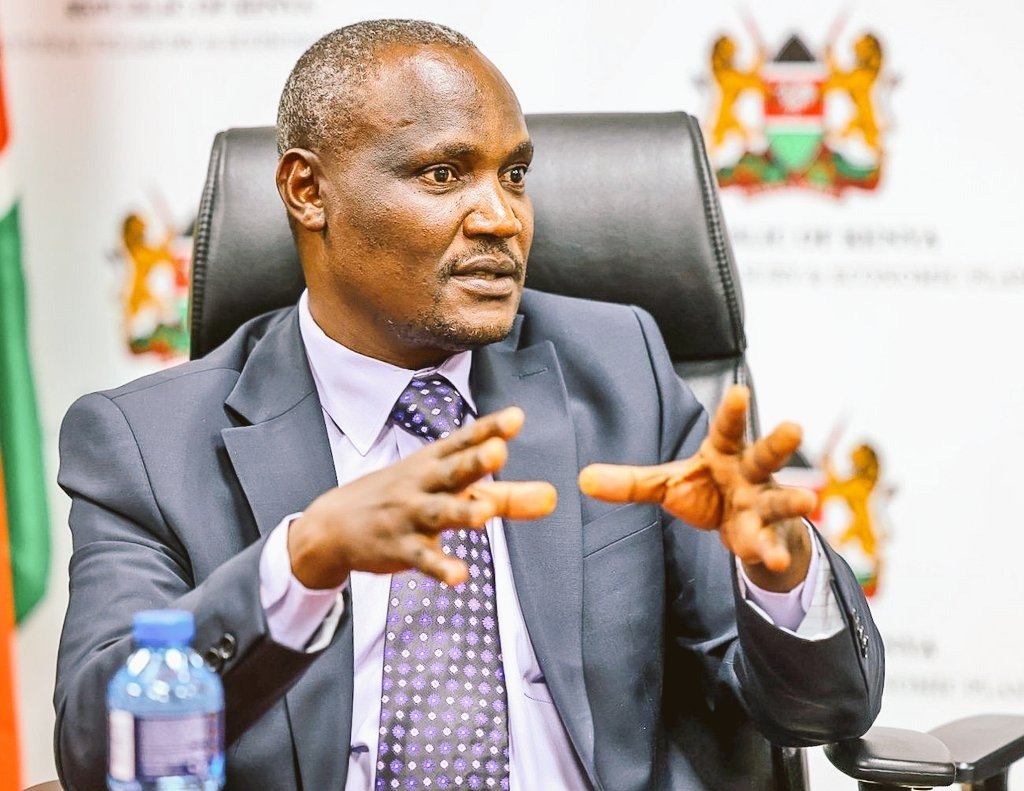Pre-primary education investiment critical for Africa’s future

Education is one of the most powerful tools for breaking the cycle of poverty, reducing inequality, and driving sustainable economic growth. Yet, while governments and policymakers often focus on primary, secondary, and tertiary education, pre-primary education remains critically underfunded, particularly in Africa. This neglect persists despite overwhelming evidence that the first five years of a child’s life are the most formative, shaping cognitive abilities, social skills and future academic success.
As the Africa Committee of Experts on the Rights and Welfare of the Child meets in Maseru, Lesotho, to review progress on Planning and Budgeting for Children’s Rights since 2010, there is an urgent need to refocus attention—and funding—on early childhood education.
The Tashkent Declaration (2022), adopted at the World Conference on Early Childhood Care and Education, provides a clear roadmap for action, calling on governments to allocate at least 10 percent of education budgets to pre-primary education. Unfortunately, most African nations, including Kenya, are falling far short of this target, undermining the continent’s long-term development prospects.
The importance of investing in education has been recognized in multiple international declarations. The Jomtien Declaration (1990) and Dakar Framework (2000) established foundational commitments to Education for All (EFA), urging governments to allocate at least six percent of GNP to education. These agreements emphasized equitable access, particularly for marginalized groups, and called for international cooperation to bridge funding gaps.
Research consistently shows that children who attend quality pre-primary programs perform better in school, have higher graduation rates, and earn more as adults. These benefits are even more pronounced for children from disadvantaged backgrounds, making early education a key equalizer in societies plagued by inequality.
Yet, in Kenya and many other African countries, pre-primary education has historically been an afterthought.
The Ominde Commission (1963), which shaped Kenya’s post-independence education system, completely overlooked early childhood education. It wasn’t until 2008 that Kenya developed its first policy on pre-primary education, followed by the Early Childhood Education Act (2021) – a significant but delayed step forward.
Under the Constitution, pre-primary education was devolved to county governments, with the expectation that local authorities would tailor programs to community needs. However, chronic underfunding and misaligned priorities have hampered progress. Most counties prioritize salaries and infrastructure—such as building new classrooms – over teacher training, learning materials, and nutrition programmes.
This imbalance has severe consequences. In rural areas, many pre-primary schools lack basic facilities, trained teachers, and even feeding programmes, leaving children—especially those from poor families—at a disadvantage before they even start primary school. The situation is worse for children with disabilities, who often face exclusion due to a lack of inclusive learning environments.
The Tashkent Declaration (2022) provides a clear blueprint for reform. It aligns with Sustainable Development Goal (SDG) 4.2, which calls for universal access to quality early childhood education by 2030.
Key recommendations include allocating at least 10 percent of education budgets to pre-primary education; ensuring at least one year of free and compulsory pre-primary schooling to prepare children for primary education; and prioritising marginalised groups, including children in rural areas, those from low-income families, and children with disabilities.
Ngaira is an education entrepreneur and global early learning Advocate; Alubala is a global governance Adviser













